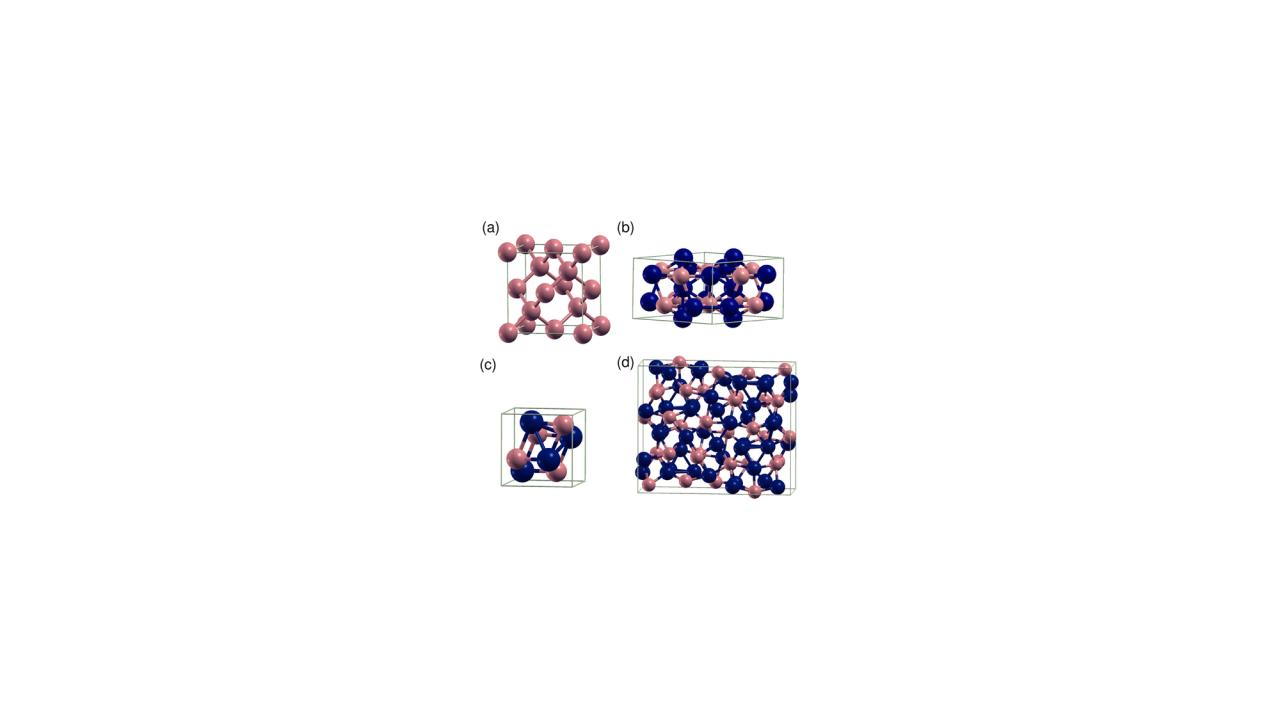Germanium-manganese compounds can have a wide variety of structures with different electronic, magnetic or thermal properties. Scientists are interested in these materials which could have applications in next-generation technology for memory storage, sensors or electronics, among other things. But working out the properties of these materials can be challenging, especially for compounds that only exist under conditions of high heat or pressure.
An international team including Professor Davide Donadio and colleagues at the UC Davis Department of Chemistry have used a type of machine-learning approach called neural network potentials to forecast the structural and vibrational properties, and thermal conductivity, of germanium-manganese compounds in a wide range of environments.
The team trained their neural network on three compounds with known properties: bulk germanium; MnGe with equal numbers of germanium and manganese atoms; and Mn5Ge3, with three germanium atoms to five manganese.
Based on the known properties of these three structures, they were then able to use the neural network to predict the vibrational properties of a much wider range of germanium-mangenese systems. These vibrational properties are important to understand the thermal properties of materials.
The results validate the neural network approach for predicting structures and properties across diverse chemical environments, Donadio said in a comment for a Scilight article on the work. The advantage of using machine learning for this kind of work is that it can take on bigger, more complex and possibly more realistic systems, he said.
Additional authors on the paper published in the Journal of Applied Physics are: Claudia Mangold, Max Planck Institut für Polymerforschung, Mainz, Germany; Shunda Chen and Giuseppe Barbalinardo, UC Davis; Jörg Behler, Universität Göttingen, Germany; Pascal Pochet, Université Grenoble Alpes, France; Konstantinos Termentzidis, Université Claude Bernard, Lyon, France; Yang Han, Laurent Chaput and David Lacroix, Université de Lorraine, France. Financial support was provided by the European Commission.
